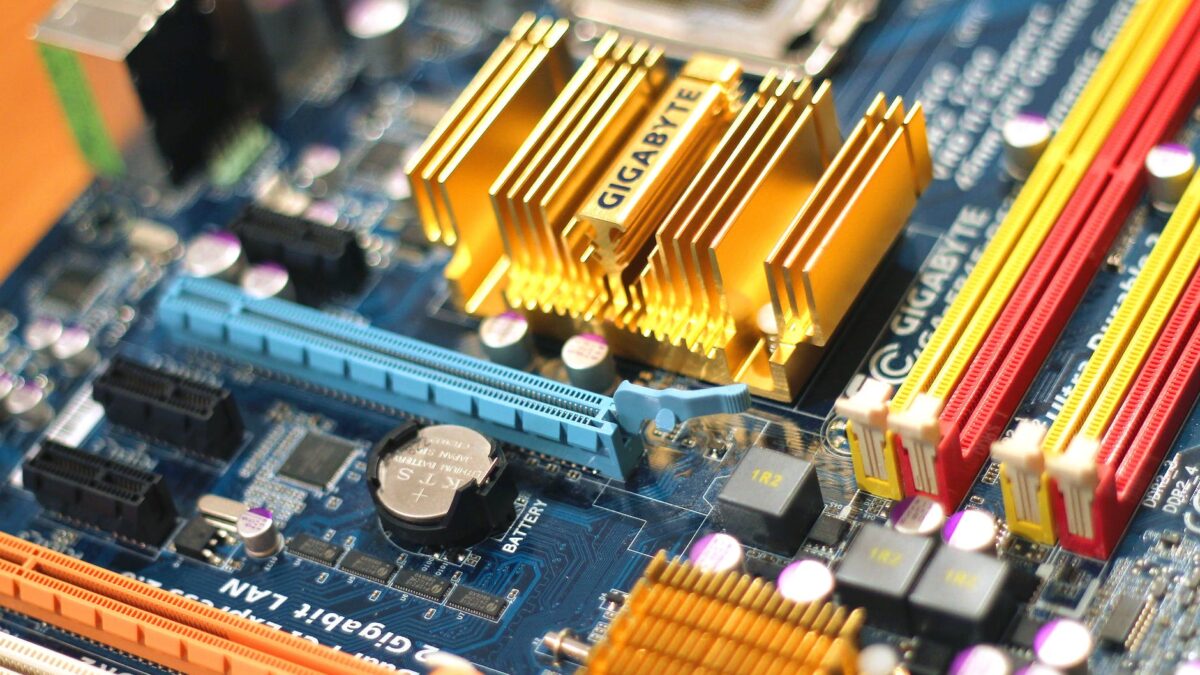Standard ATX (Advanced Technology Extended) developed as an evolution of the Baby-AT form factor, to improve the functionality of current I / O and reduce the total system cost. It is a motherboard form factor created by Intel in 1995. The previous form factor was called AT, which was entirely replaced by the ATX.
Which is the second generation of power supplies, introduced to the market for Intel® Pentium MMX microprocessor computers, and from that moment on its use extended.
The ATX source is a device that internally coupled in the computer cabinet, which is responsible for transforming the alternating current of the power line into the direct current; as well as reduce its voltage. This current used by the electronic and electrical elements of the computer. Other functions are to supply the amount of current and voltage that the devices require as well as to protect them from problems in the power supply such as power surges. The ATX source can be called the ATX power source, ATX power supply, digital source, digital ignition source, push-button sources, among other names.
Motherboard formats are many in the market, each one oriented to a more or less specific type of computer use.
Since, as of today, there are about 40 formats of motherboards that are used or have been used inside personal computers in different periods.
Related Post: What is ARP
Table of Contents
ToggleFeatures
- It is a digital ignition, that is, it has a button instead of a mechanical switch like its predecessors.
- Some models integrate a rear mechanical switch to avoid unnecessary consumption of electrical energy, preventing the standby state during which they consume minimal amounts of electricity.
- These types of sources are integrated from the Intel® Pentium MMX microprocessor equipment to the equipment with the most modern microprocessors.
- The shutdown of this type of sources can manipulate with software.
Uses of ATX
They are used to supply the necessary for the proper operation of electrical power devices, being in horizontal cabinets, mini-tower cabinets, and duplicator towers. Depending on the number of tools to be fed, the capacity of the source must be higher. Currently all modern equipment includes an ATX power supply, in the same way the operating systems are capable of controlling the ATX sources (previously when turning off the system from the “Start” button of Microsoft® Windows, the system was closed and stayed in display a message to turn off the system from the mechanical cabinet button).
ATX Motherboard
The first motherboards that follow the ATX form factor reach the market in 1995 by Intel. This plate format has dimensions of 305 x 244 mm (although some manufacturers of plates employ somewhat smaller measures), and it has become a standard by which the production of market motherboards is carried out.
The use of these plates is very varied, not having an illustrative purpose. Therefore, it is reasonable to find this type of boards both in-office systems, as in work equipment or gaming equipment. They usually have up to 7 expansion slots and up to 4 slots for RAM modules. In general, this form factor is the most used by most domestic users.
ATX Micro Motherboard
An evolved form factor of the ATX above, but 25% smaller (its dimensions are 244 x 244 mm). The four upper holes usually coincide with those of the ATX motherboard, but the lower two do not.
Generally, this type of boards widely used for office computers and small computers, such as those mounted in HTPC boxes or specific low-cost gaming configurations. As a rule, they usually have space for the installation of 5 expansion cards, although this may vary by model. They also have space for the installation of up to 4 RAM modules.
Also Read: What is DBMS? Definition, Characteristics and Key Functions
Do you think there is an error in the information published on this page? Let us know, click here to let us know, and we will expand or correct the topic.
Shashi Teja
Related posts
Hot Topics
Enhancing School Safety with Intelligent Threat Response Systems
Introduction According to the K-12 School Shooting Database, there were 346 school shootings in the United States in 2023 alone,…
What is Normalization in DBMS: The Complete Guide
What is normalization in DBMS? Look, I’m gonna be straight with you – when I first heard this term, I…



